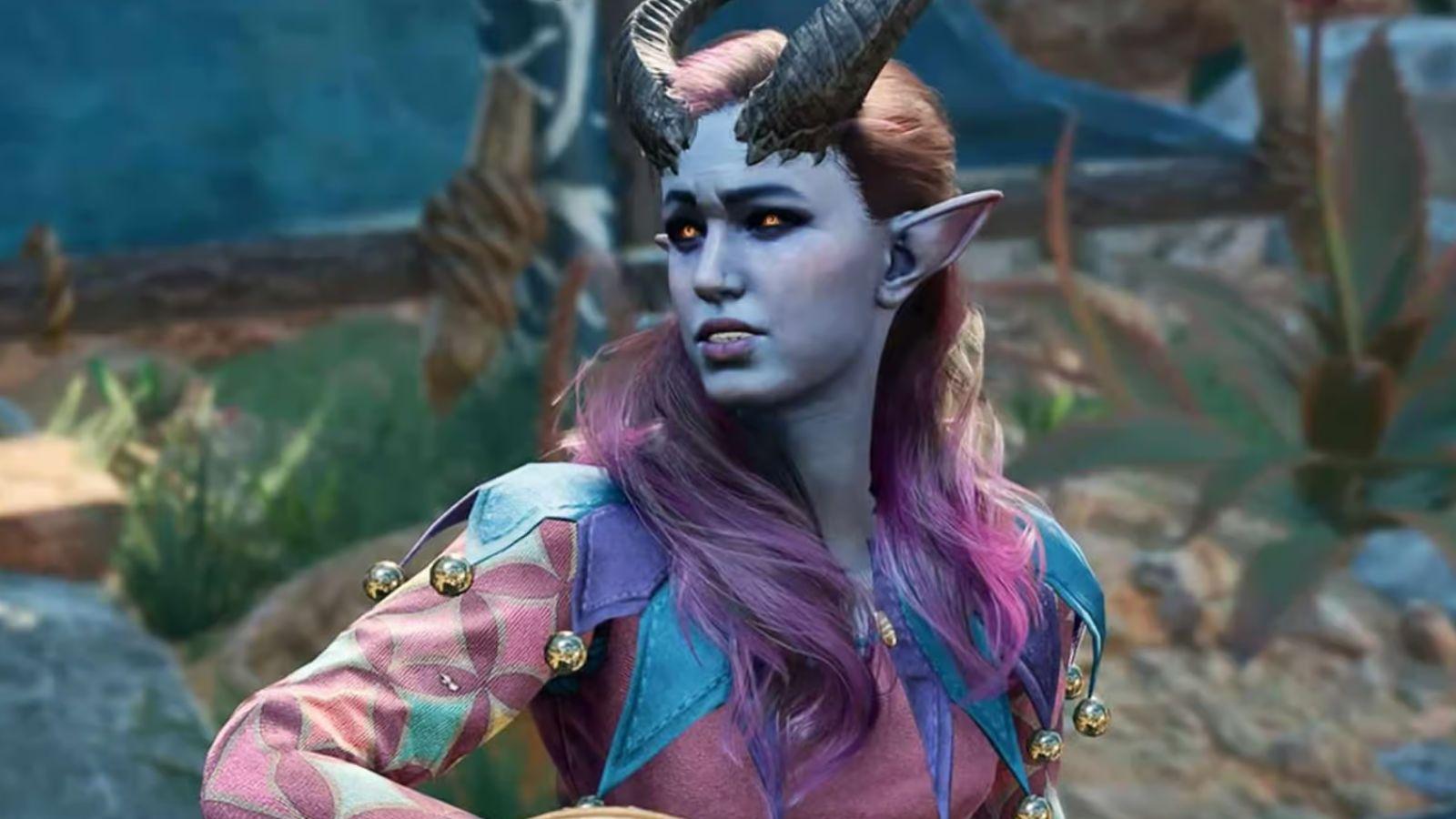Baldur’s Gate 3 will have a permanent impact on D&D – but is it for the best?
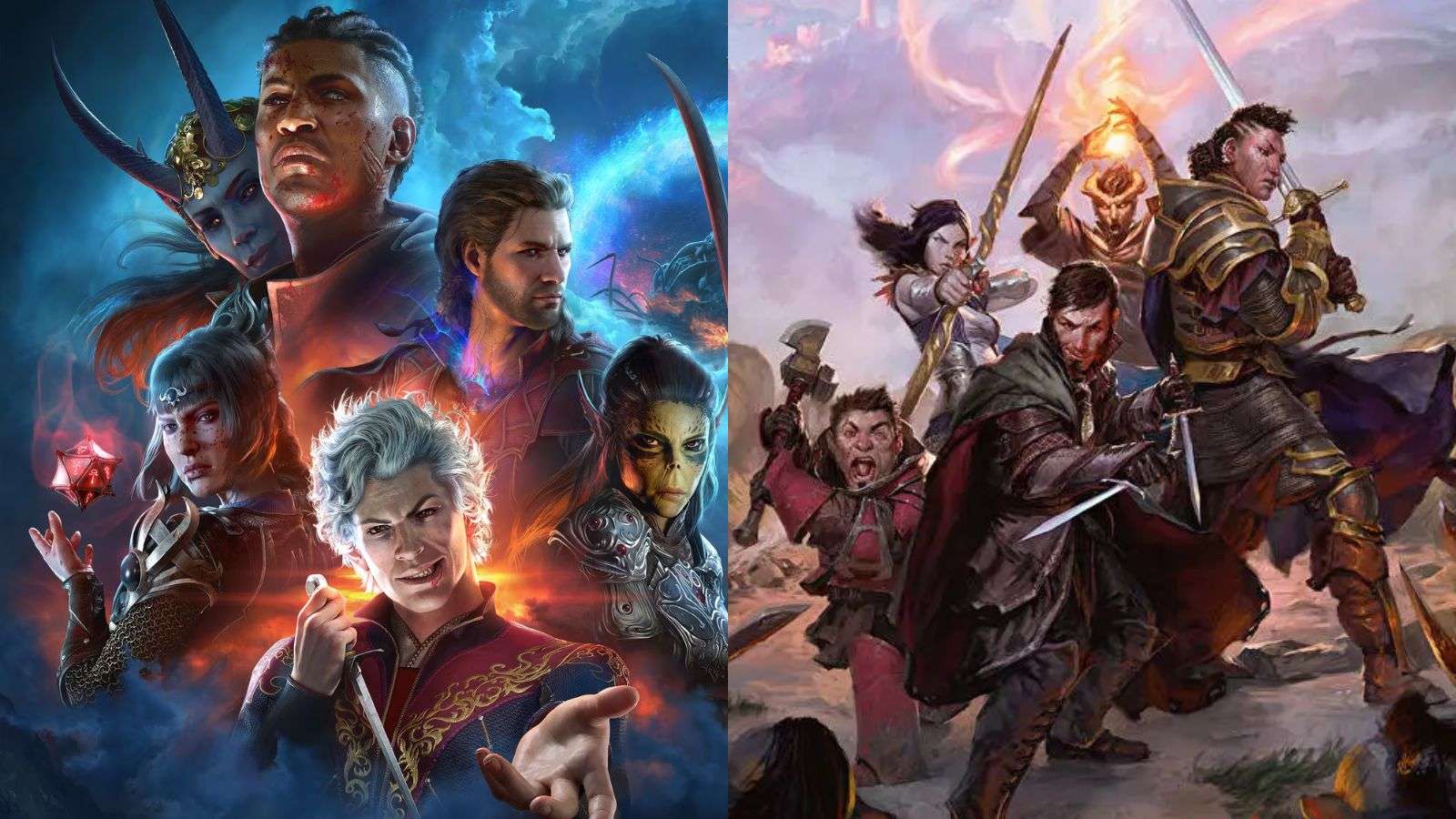 Wizards of The Coast / Larian Stuidos
Wizards of The Coast / Larian StuidosWhile Baldur’s Gate 3 may have dramatically impacted the video game world, its footprint can be found all over Dungeons & Dragons, with players and DMs alike witnessing an intense and permanent shift – but is it for the best?
Throughout the past few years, Dungeons & Dragons has been part of an unprecedented rise in popularity. Thanks to the easy-to-access nature of its 5th edition, the success of the D&D movie, and its many new books, the TTRPG has seen a fantastic rise in new players and DMs.
However, you can’t examine the rise of D&D without touching on perhaps its biggest contributing factor, Baldur’s Gate 3. The expansive RPG has dominated both the gaming and TTRPG world, bringing a slice of Faerun to millions of eager adventures. Although, at the same time, we’ve seen a shift in Dungeons & Dragons, with players and DMs reporting major alterations to the game many know and love – for better, and for worse.
Warning, spoilers for the end of Baldur’s Gate 3 below.
Baldur’s Gate 3 has enhanced many aspects of D&D
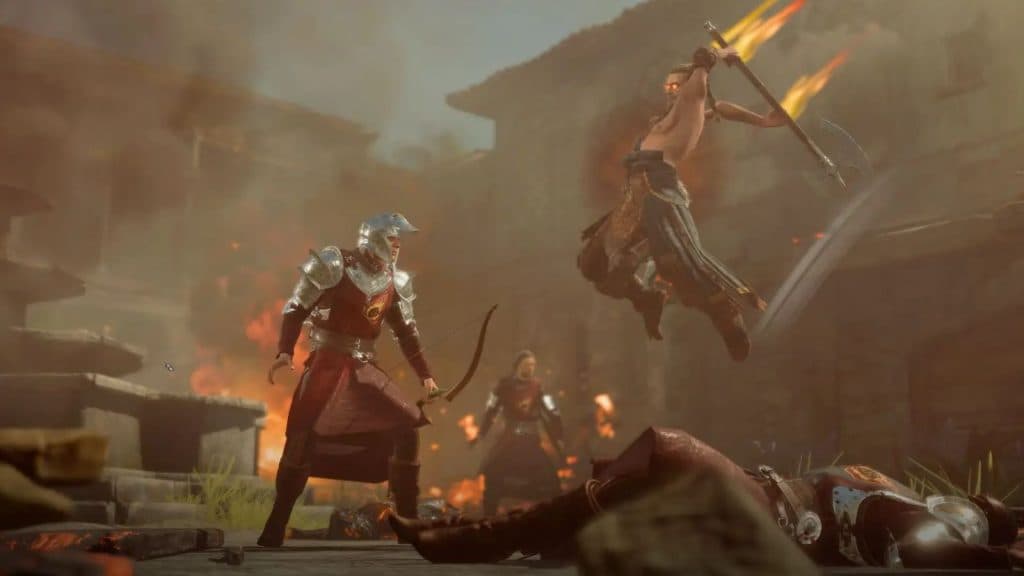 Larian Studios
Larian StudiosAt its core, Dungeons & Dragons is a community game, it’s meant to be enjoyed with friends, and the rules inside its handbook are supposed to be bent, or even broken when the time feels right. In contrast, a video game has to have limitations. Its virtual DM leaves no space for rule-bending or ‘rule of cool’ and instead encourages players to use the limitations, and some well-placed barrels to their advantage.
Naturally, due to this, the playstyle is exponentially different in BG3, meaning the players or DMs coming from the game into the TTRPG will both be a part of and witness a grand shift in how the game is experienced.
Inspiration and lessons for the masses
One of the key changes many have begun to see is from the inspiration. Baldur’s Gate 3 has provided many DMs the chance to place a prebuilt world into their games and has allowed players the chance to have essential knowledge on those locations, allowing for a much more engrossing storyline. After all, Baldur’s Gate isn’t the location of a video game, but rather a well-known city that cemented its place in Dungeons & Dragons long before the game series was even invented.
If the story lent itself to the fact, there’s now a possibility to simply lead on from the events of Baldur’s Gate 3. Perhaps the players are the characters they built in the game, or perhaps their victims of the mindflayer attacks, where loved ones succumbed to the tadpoles? Alternatively, the introduction of the companions allows for a recognizable NPC addition, even if players make some of the villains and others helpful aids.
The success of Baldur’s Gate 3 has introduced a wonderful new layer to the TTRPG and has taught both DMs and players new ways to battle, explore, and tell a story. After all, even now DMs are reporting seeing their players argue with ‘Well we could do this in Baldur’s Gate 3, so can I do it here?’ While also choosing the Shove action, new spells, and roleplay options as inspired by the game.
Unique combat
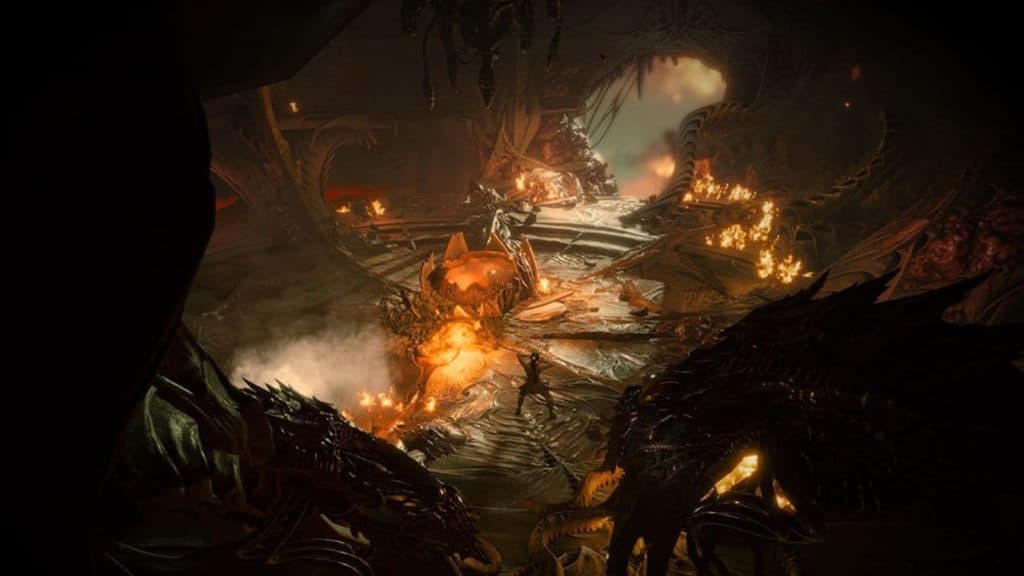 Larian Studios
Larian StudiosThe Shove action is a prime example of how Baldur’s Gate 3 has enhanced Dungeons & Dragons, particularly in combat. The intense action economy and layout of BG3 feels much more accessible than the character sheet of D&D and have allowed players the opportunity to look at their characters’ abilities in a different light. Therefore creating a more comprehensive understanding of battles, spells, and attacks and introducing room for tactics, flavor, and tougher battles.
For example, with a complete understanding of the combat economy, players can navigate battles with more twists. Take the Sarevok battle in Baldur’s Gate 3, not attacking his sidekicks is imperative, and introducing something like that into D&D allows for a brand new way to fight. This implementation and addition of other features happening during combat have become familiar thanks to Baldur’s Gate 3, allowing for a brand new way to create unique combat for both players and DMs to enjoy.
D&D faces an identity crisis in 2024
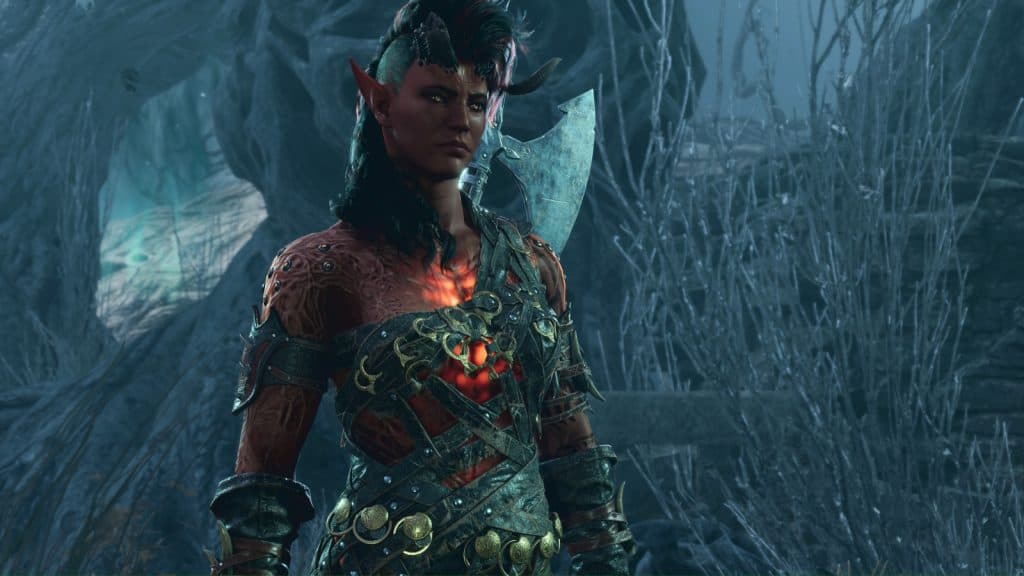 Larian Studios
Larian StudiosHowever, the argument can also be made for a negative change coming to Dungeons & Dragons at the fault of Baldur’s Gate 3. After all, D&D has had decades to perfect its craft and has therefore created a massive following with certain expectations going into a session. Whereas Baldur’s Gate 3 has now come into the scene and brought with it a wave of new players, expectations, and new practices.
As such, we find ourselves yet again in a period of great and rapid change. Those expectations are being risen to another level, and new styles are being implemented, bringing in unforeseen challenges. Especially for a game that’s decades old and hasn’t ever met this kind of development.
Reaching impossible expectations
Many D&D fans will be more than aware of an issue called the ‘Matt Mercer effect.’ The effect explores the success of Critical Role and acknowledges the impact the stories created and told by Mercer have on the D&D space. Often, fans will watch the show and look for their own D&D games, expecting all the other players and the DM to be seasoned voice actors with their hearts, souls, and plenty of time in the campaign at hand. Naturally, D&D is a lot more casual than this and for many, it’s a way to connect with friends and tell a collaborative story, rather than bringing a story to millions.
In a way, Dungeons & Dragons is having its own ‘Mercer effect’ with fans now jumping into the TTRPG with the expectations of an RPG that took years to create. As such, many can feel the pressure of these new players and often find it rather frustrating to see new fans coming in and attempting to replicate that design and way of playing, and ultimately feeling disappointed when it fails to match up to those practically impossible expectations.
A problematic style of gameplay
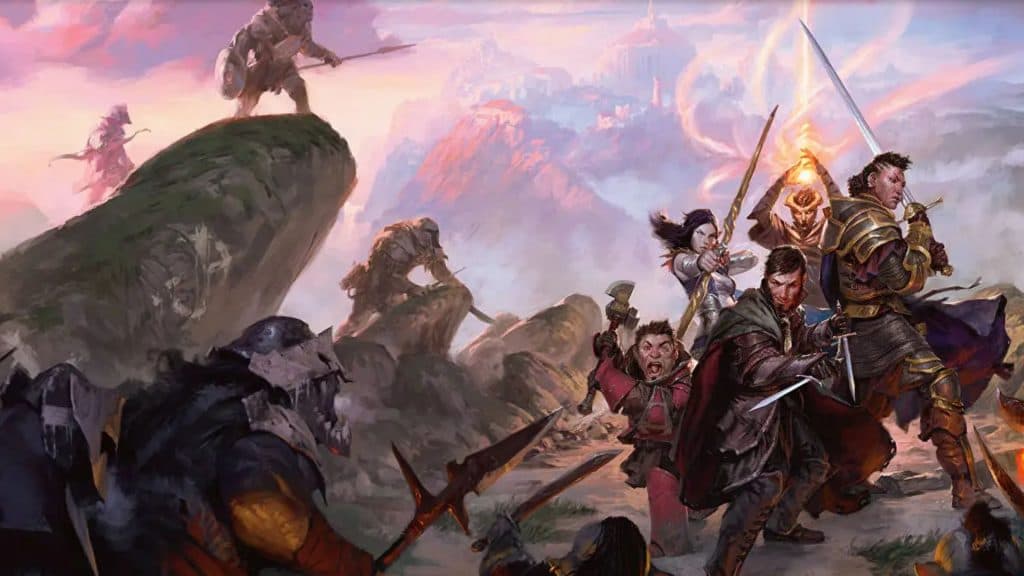 Wizards of The Coast
Wizards of The CoastBouncing off the impossible expectations of mirroring an RPG to a TTRPG are the combat and battle techniques. As previously mentioned, one of the best things to come out of BG3 is its action economy and how it’s taught many players new ways to approach a battle.
However, attempting to mirror the same combat introduces a rather problematic style of gameplay, with many arguments between players and DMs already occurring. The frustration extends past the game, and invites a different kind of gameplay, where players are often seen arguing ‘Well, I could do that in Baldur’s Gate’.
Essentially, in D&D there’s an unspoken rule that the DM’s word is final, and issues are brought up after the game if they’re not extremely urgent, and on that, D&D isn’t a video game, so there will always be issues. However, with a direct transition from the game to the table, the etiquette and unspoken rules haven’t revealed themselves, meaning you have the issue of skilled players with high expectations but no experience in the game itself.
Conclusion
Ultimately, whether it’s for the best or the worst, it’s hard to deny that Baldur’s Gate 3 has changed Dungeons & Dragons forever. New players are flocking and the TTRPG has seen yet another wave of unprecedented success, proving this experience is far from dying.
Despite the discourse and the arguments between new players and veteran fans, one thing is worth remembering. Dungeons & Dragons is, at its core, a versatile game, and that’s what makes it great. The most important element of D&D is its community and sense of collaboration. Whether you’re inspired by Baldur’s Gate 3, Stranger Things, the D&D movie, or something else entirely, as long as you and the rest of the table have fun then it’s a game well played.
Ultimately, D&D is mainstream now, and will therefore be subjected to larger influences, and there’s absolutely nothing wrong with that when the right expectations and conversations are had before sitting down to play.



